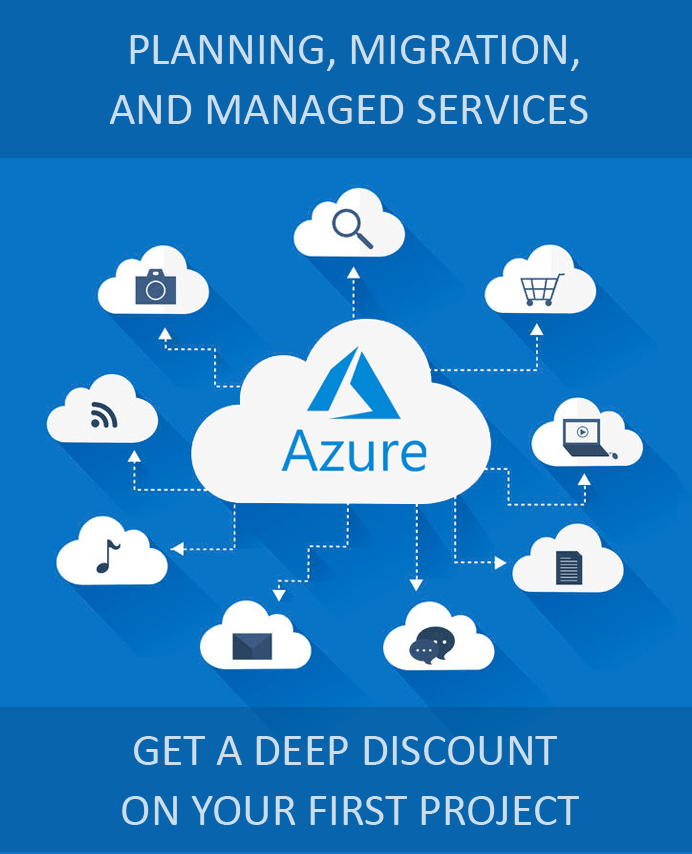How to Make the Best of Azure DevOps?
The ever-increasing complexity of software solutions has forced organizations to streamline their software development lifecycle (SDLC) process. Consequently, businesses across the globe are adopting DevOps. DevOps is a set of tools, practices, and philosophies that combine software development and IT operations to improve the speed and delivery quality.
Microsoft offers Azure DevOps for developers and businesses to streamline their software development and delivery process. It is an integrated solution that simplifies developing and deploying software with its end-to-end DevOps toolchain. The collaboration of the development and operations team becomes much more seamless with the deployment of Azure DevOps. It helps businesses minimize bottlenecks in their software development lifecycle and deliver higher quality software with fewer vulnerabilities while reducing resource and time consumption.
For developers familiar with Microsoft solutions, while Azure DevOps is an evolution of VSTS (Visual Studio Team Services) with much greater flexibility, Azure DevOps Server is an improved version of Team Foundation Server (TFS). Let us understand how to make the best of Azure DevOps and its components.
Components of Azure DevOps
There are five major components of Azure DevOps for organizations to plan, collaborate, and deploy software faster with modern development services. Some of these components are available as individual services or with user licenses as a part of Azure DevOps Services and Azure DevOps Server 2019.
-
Azure Pipelines (Build & release in VSTS)
Azure Pipelines is a widely used tool for building, testing, and deploying applications developed using any language, on any platform, including the cloud such as GitHub (and other Git providers) using the Continuous Integration (CI) and continuous delivery (CD) operation principle.
-
Azure Repos (Code in VSTS)
Azure Repos is a powerful and flexible tool for taking advantage of unlimited, cloud-hosted private Git repositories. It simplifies collaboration for building better codes with pull requests and advanced file management features.
-
Azure Boards (Work in VSTS)
Azure Boards is a configurable tool for planning, tracking, and discussing work across the team. Organizations can use it for their Scrum framework, Kanban boards, tracking backlogs, maintaining team dashboards, and generating custom reports.
-
Azure Test Plans (Test in VSTS)
Azure Test Plans provides a range of manual and exploratory testing tools. It can be used for both desktop and web applications. It simplifies capturing data while executing tests to create actionable defects helping close these defects faster.
-
Azure Artifacts (Packages (extension) in VSTS)
Azure Artifacts is a tool that enables teams to create, host, and share Maven, NuGet, and npm packages from public and private sources. These packages can be seamlessly integrated with the existing CI/CD pipelines with a single click.
In addition to these components, the Extensions Marketplace is a one-stop-shop for thousands of community-built applications and services that enrich the experience of using Azure DevOps.
Choosing Between Azure DevOps Services vs Azure DevOps Server
Although the essential services with Azure DevOps Services and Azure DevOps Server are the same, it would be an oversimplification to call Azure DevOps Services a cloud-based counterpart of the on-premises Azure DevOps Server. How you make the best of Azure DevOps, to a large extent, depends on understanding the key differences.
When to Subscribe to Azure DevOps Services?
As a cloud solution, Azure DevOps Services is a highly scalable solution with global availability. It is hosted by Microsoft on local data centers around the globe and is backed by a 99.9% SLA for availability. Subscribe to Azure DevOps Services when you have the following requirements.
- Complement existing workflows with standalone services.
- Require greater payment flexibility.
- Scale-up or scale down operations quickly.
- Do not have sufficient resources to set up or maintain operations for longer durations.
When to Deploy Azure DevOps Server?
Azure DevOps Server is an on-premises solution that uses a SQL Server backend. Windows or Windows Server licenses are required for running Azure DevOps Server. Consider deploying Azure DevOps Server when you have the following requirements.
- Data has to be secured within the organization’s network.
- SQL Server reporting services access is required.
- Additional options for scoping and scaling data.
- Require to use the on-premises XML process model more customization for work-tracking objects as opposed to the Inheritance process model available with Azure DevOps Services.
Apps4Rent Can Help with Azure DevOps
Apps4Rent can help you make the best of Azure DevOps regardless of your choice between Azure DevOps Services vs Azure DevOps Server. As a tier 1 Microsoft CSP, Apps4Rent can help you with the subscription for Azure DevOps Services. Alternatively, you can directly purchase necessary licenses from Apps4Rent for the on-premises Azure DevOps Server. Additionally, you can even host the on-premises Azure DevOps Server on the cloud with Apps4Rent’s in-house hosting services or with Azure Windows Virtual Desktop which provides the same level of security and availability as Azure DevOps Services. Contact us today for promotional prices on Azure Services and 24/7 phone, chat, and email support.


